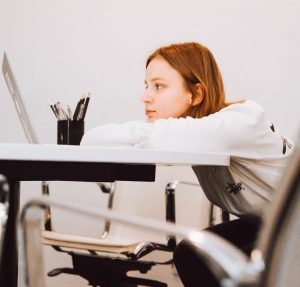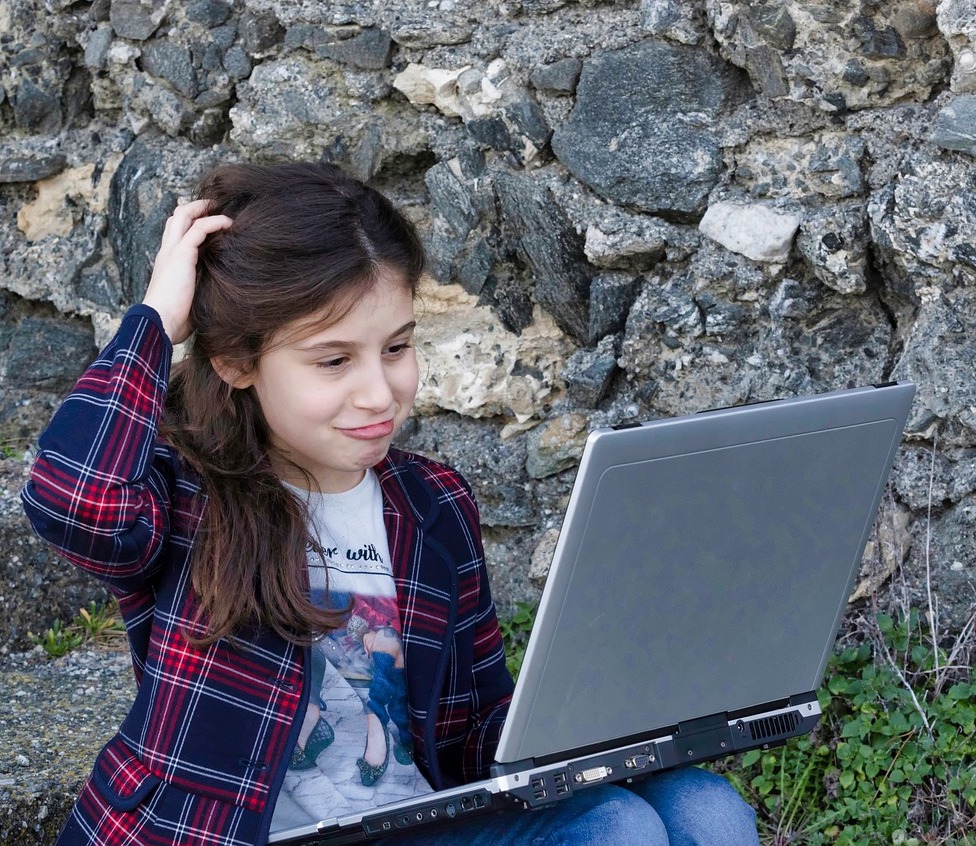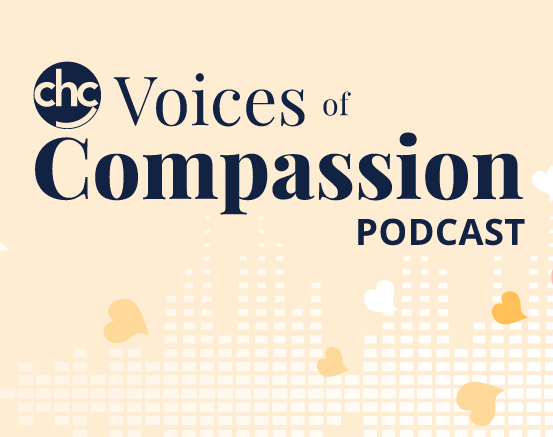Watch Out For These 3 Mistakes You’re Making During Distance Teaching
 If there’s one thing everyone can agree on from this past spring, it’s that distance learning is challenging. Undoubtedly, much of this was due to the fact that teachers had limited time to move their entire curriculum online, and few were trained to carry out what was essentially emergency remote instruction.
If there’s one thing everyone can agree on from this past spring, it’s that distance learning is challenging. Undoubtedly, much of this was due to the fact that teachers had limited time to move their entire curriculum online, and few were trained to carry out what was essentially emergency remote instruction.
But this wasn’t the only reason.
Distance teaching also shone a light on problematic practices that were never effective in person, either. And trying to re-create them in a virtual environment didn’t make them any better. As many schools resume remote instruction this fall, watch out for these three mistakes you may be making. More importantly, give yourself the liberty to try out some of the alternative approaches that can help make distance teaching more sustainable and effective.
Mistake 1: Too Much Passive Screen Time
Distance learning isn’t simply about keeping kids busy or filling their minds with academic content. Instead, our goal should always be to encourage productive discourse, critical thinking and problem-solving (which all applies to in-person learning, too). But sometimes, distance learning can take an “app-centric” approach, where students spend more time watching instructional videos and answering multiple-choice questions than talking about concepts with their peers and teachers. They end up consuming content and regurgitating it, as opposed to leveraging technology to build and preserve a sense of community and connectedness of which we are all currently deprived.
Mistake 2: Too Little Time for Dialogue and Discourse
Learning is a social process, and as a result, we need to offer ample opportunities for students to be collaborating with their peers and speaking with their teachers about what they’re learning.
Back when we were in classrooms, The Workshop Model was a critical component of my pedagogy. In the Workshop Model, classes begin with brief mini-lessons, where the teacher models a strategy or introduces a problem- or inquiry-based task. After the lesson, students work in small groups or individually with the teacher in an effort to independently practice the skill or work through the assigned task.
This can all take place during distance learning, too. By clearly identifying expectations for a synchronous learning block, and using Hangout, Zoom or another video app to break the class into small groups, teachers can provide students the same mix of independent work and small-group time, albeit virtually. This preserves a sense of community and a sense of purpose.
Mistake 3: Conflating Work Completion With Learning
We have a tendency to equate work completion with learning. We take a “more-is-more” approach to assignments, because we fear what might happen if students aren’t constantly producing something. In reality, the most meaningful learning experiences come from conversations between peers and internal self-reflections that resolves cognitive dissonance. While these moments don’t entail a child producing “work,” these moments are indicative of fruitful learning.
We must use this crisis as an opportunity to innovate. Let’s be honest with ourselves: passive learning, fueled by a lack of dialogue and discourse and an overemphasis on work completion, isn’t new. Teachers were making these mistakes long before distance learning. Distance learning is only amplifying these problematic practices and making them more visible.
Excerpted from “Watch Out For These 3 Mistakes You’re Making During Distance Teaching” by National Board–certified teacher and author, Paul Emerich France. Read the full article in EdSurge.
Source: EdSurge | Watch Out For These 3 Mistakes You’re Making During Distance Teaching, https://www.edsurge.com/news/2020-08-27-watch-out-for-these-3-mistakes-you-re-making-during-distance-teaching | © 2011-2020 EdSurge Inc.
CHC offers free community education sessions for educators. Join us to learn practical teaching strategies you can use in your classroom to help more kids reach their promise and potential. Educator sessions are led by experienced educator/clinician teams from Sand Hill School and CHC.





